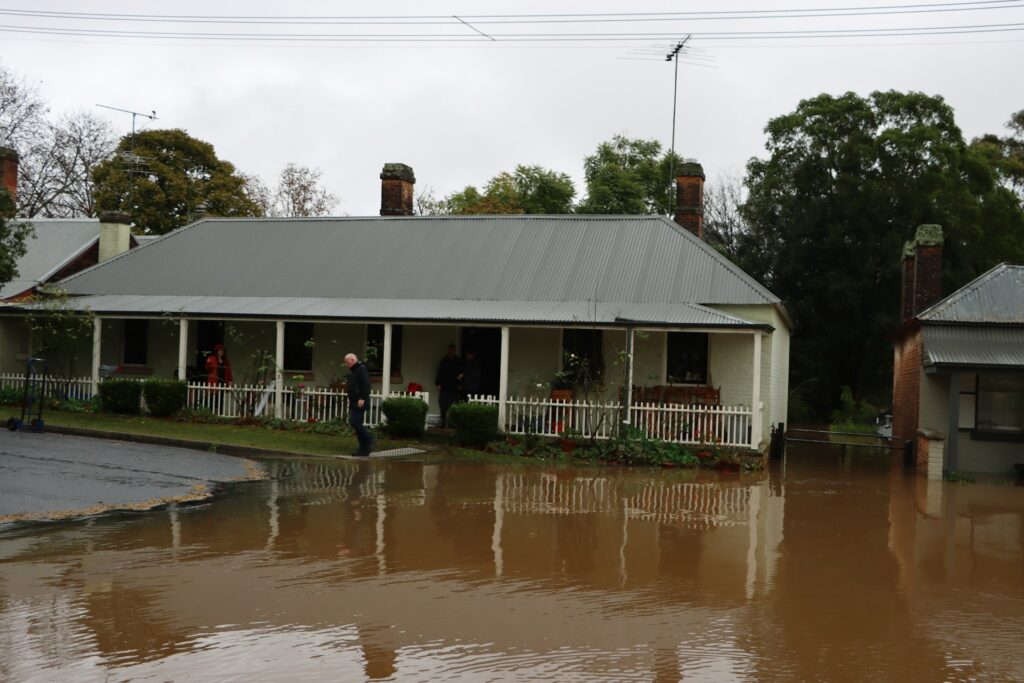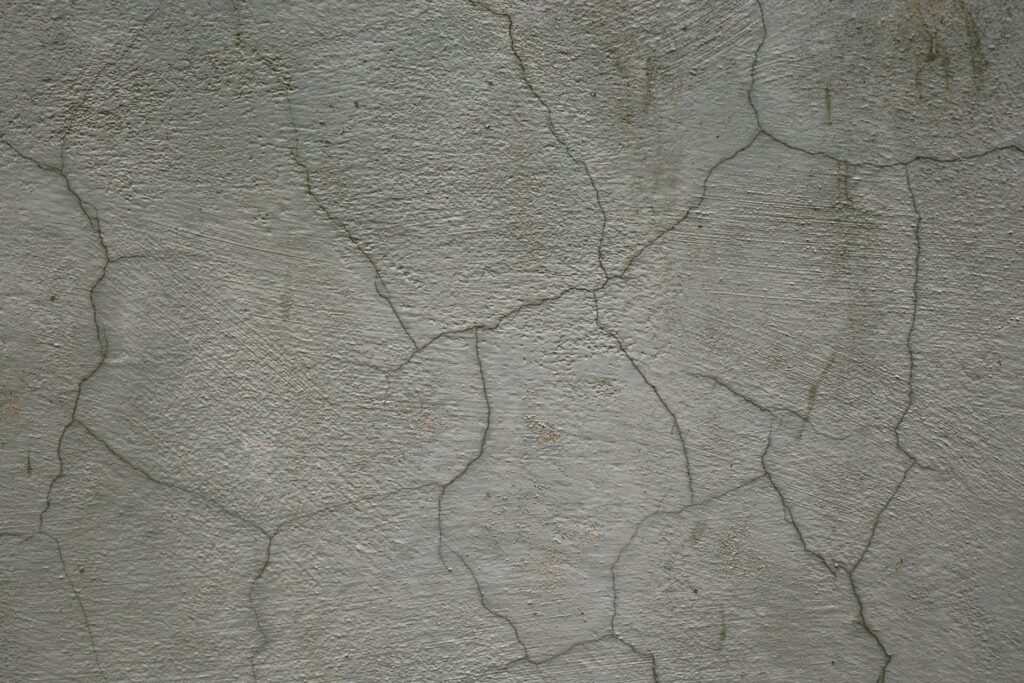How Much is Foundation Repair? Understanding Costs and Factors Involved

We are reader-supported. When you buy through links on our site, we may earn an affiliate commission.
Owning any property requires upkeep. Time, weathering and use deteriorate buildings. It’s easy to watch for things like roof leaks or peeling carpets, but foundational issues can slip unnoticed for years. Learn more about foundation repair to understand what causes it, what it may cost to fix and how you can potentially prevent damage from happening.
What Is Foundation Repair?
Foundation repair is any work that goes into fixing issues affecting the structural integrity of your building’s base. Regardless of which kind of substructure your home or business uses, the materials within it anchor and transmit the building’s weight into the earth. The pressure and exposure to natural elements can result in costly repairs if left unchecked.

Things That Can Cause Foundation Damage
Contractors apply waterproofing around each building’s base, but it doesn’t permanently prevent structural issues. Learn about the most common causes of foundational damage to understand what could affect your house or commercial property.
Long-Term Water Exposure
Water is the primary threat to foundations. When it rains or floods, the soil’s saturation gets more dense. If your building is at the base of a hill, the land might even direct runoff from the surrounding area to your property.
The materials within your substructure may withstand this exposure less than others. Some buildings use brick as their primary foundation material. Bricks are sturdy, but they contain tiny pores that capture liquid when local water table levels rise during storms.
Humidity can also cause water damage. If water gathers in your crawl space or basement, it will eventually evaporate. When it does, the humidity level rises in that area and turns foundation materials into the equivalent of a damp sponge. Not being able to dry fast enough will cause long-term issues that worsen if not caught quickly.
Changes In the Soil
Consider the land surrounding your property. Nearby trees can pull water out of the soil around your building, making it drier than when a construction team built your home or business. The soil loosens, shifts and sinks away from your substructure, creating room for the materials to expand or bend.
Sinkholes can also occur if your surrounding soil gets oversaturated. As it expands with more rain, your foundation’s water sealant measures fight the moisture from coming in until they erode with time. The moving soil can also make base materials contract, leading to structural impairment.
Improper Construction Techniques
Unfortunately, poor construction can occur. The good news is that it’s not common. Research found that only 4% of all building types have defects related to things like poor workmanship. A professional foundation inspector can look at the damage to determine if the issues go back to the team that made your building.
How Much Is Foundation Repair?
Foundation repair costs between $2,218-$8,110 on average, which depends on the damages and substructure materials. The repair fees may not include the cost of an inspection or labor. They can also increase if the damage is extensive. Repairing a corner of your home or business would be much less complicated than a crack running along the foundational wall and through the components hidden deep beneath the dirt.
Types of Damage Homeowners Discover
First-time property owners may worry more about their foundation when damage possibilities seem endless. They include numerous kinds of challenges, but primarily relate to:
- Settlement
- Cracks
- Heaving
- Water damage
- Insufficient drainage
If you watch for those problems, you’ll likely catch the damage before things like foundation crack repair costs skyrocket. Understanding what could happen may ease your anxiety, especially if you know which issues require professional repair and which you can handle.

Signs Your Foundation Needs Professional Attention
Inspect your building’s base materials whenever you walk around your property, spend time indoors or get underneath the structure. If you notice any of these problems, you should call a foundational expert to take a closer look:
- Uneven floors
- Water damage
- Sinking
- Doors or windows sticking
- Cracks in your walls or base materials
Some complications are possible to repair on your own. Standing water that will eventually cause mold or warping will go away if you install a basin and sump pump or unclog your existing gravity drain. You can use a moisture meter to double-check the water content in the walls under your home and rent a dehumidifier or commercial-grade fan to dry the air. If you get a free expert quote, you may find budget-friendly solutions if your problem isn’t extensive.
Preventive Maintenance Anyone Can Do
You don’t need to leave your building’s structural integrity up to chance. Avoid a costly foundation repair price by doing some preventive maintenance throughout the year.
1. Schedule Inspection Reminders
Walk around your building’s foundation at least once each season. You should carry a bright flashlight and a moisture meter during each inspection. Look for issues outside the substructure and then within your crawlspace or basement. If you live in an especially rainy climate, checking for structural issues more often could put your home or business less at risk.
Anyone who owns a gravity drain system should also check the drain covers. There’s at least one, which often releases excess water into the property owner’s side or backyard. If there’s a constant pool around the drain, you may have more water under your residential or commercial building than the drain can handle with gravity alone. It could be a sign that you need to install a sump pump.
2. Redirect Rainwater Runoff
The cost to fix foundational issues gets much higher if you also need external repairs. Sometimes, internal water damage comes from issues like faulty gutters. They let water pour over the sides and seep into the base’s broken waterproofing. The downspouts might also lose their shape with time and let water pool around your building.
If you notice these issues, it may be in your best interest to replace your gutters. You could also install a downspout pipe to get rainwater further away from your home or business. The slope in your landscaping should direct it effectively if landscaping projects haven’t deteriorated the gentle slope leading down around your foundation.
3. Keep Crawlspace Vents Open
Property owners who have crawlspaces will notice small exterior vents on each wall. It may seem backward to leave those vents open — they do allow humid air into the underground space — but the wind is beneficial for your building’s base.
Research shows that air movements account for 98% of water vapor evaporation within buildings. Ensure that each vent is open during each of your substructure inspections to prevent water from remaining trapped in your crawlspace.

Understand Foundation Repair Costs to Prepare for Your Future
You shouldn’t spend your free time worrying about the potential cost to fix foundation issues. Do recurring inspections, look for red flags and contact an expert for an inspection or potentially free quote. You’ll save your property’s structural integrity, regardless of whether it’s your home or place of work.







